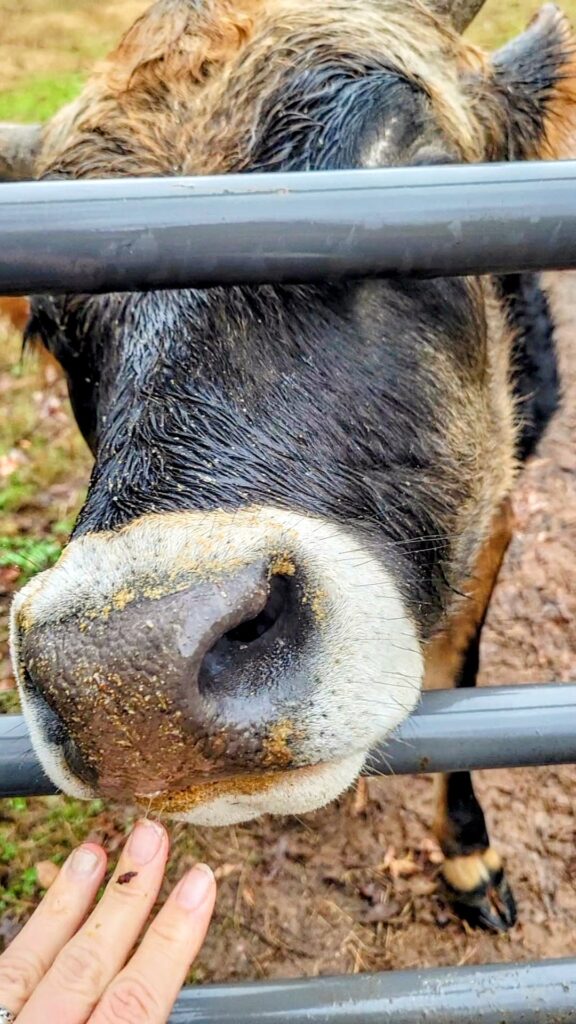
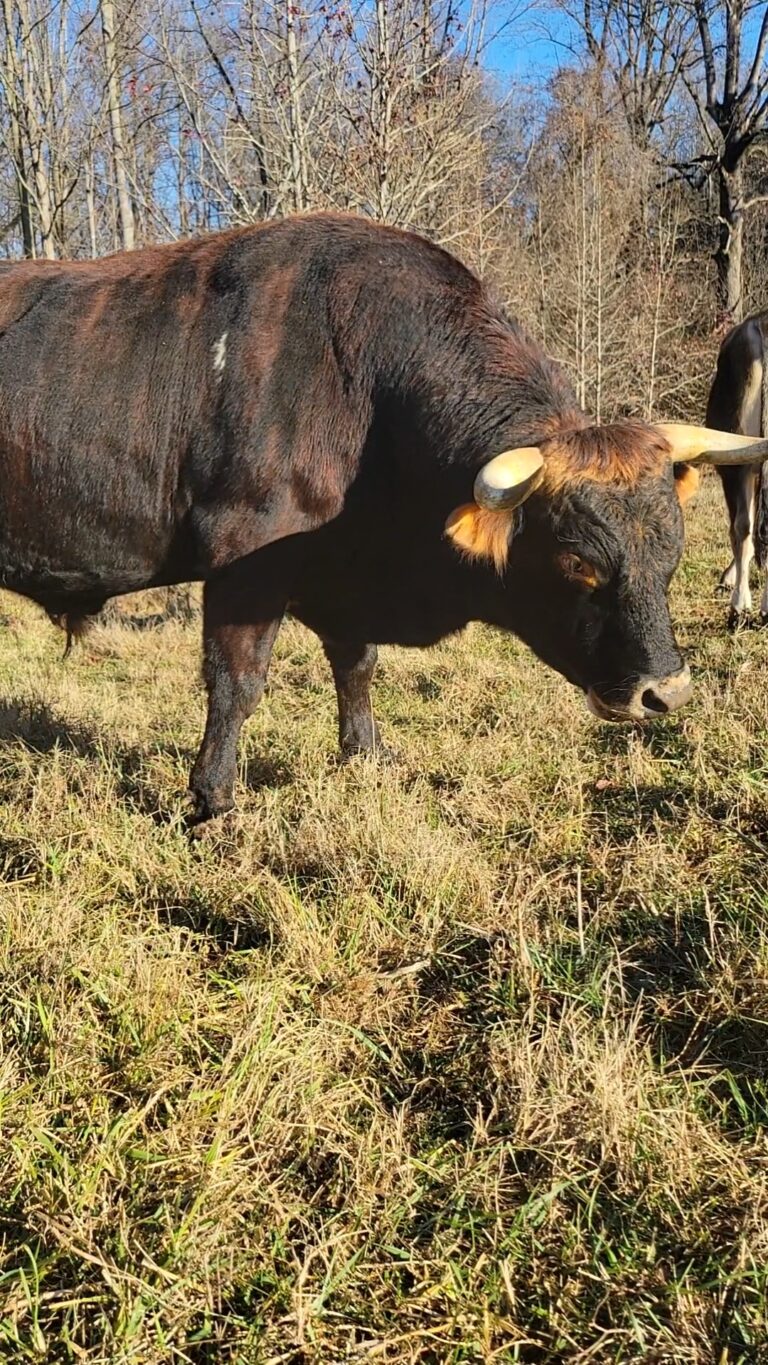
Cows: Beef vs. Dairy
There are basically three categories of cows: Dairy, Beef and Dual Purpose. All three of these have some things in common. They all need some type of pasture and feed. Those pastures need to be fenced at the perimeter with physical fencing (hard fencing) rather than psychological fencing like electric. They all produce meat, milk and manure. They will need a fresh water supply, whether it is a water trough or access to a water source like a pond or creek. They also need access to shade in the summer months for relief from the heat. Cows can and will get heat related illnesses. Speaking of illnesses, that is the last thing that these cows all have in common. They are all susceptible to illnesses and parasites. So you will need to monitor that closely in order to keep your cattle healthy.
So what makes beef cattle different from the others?
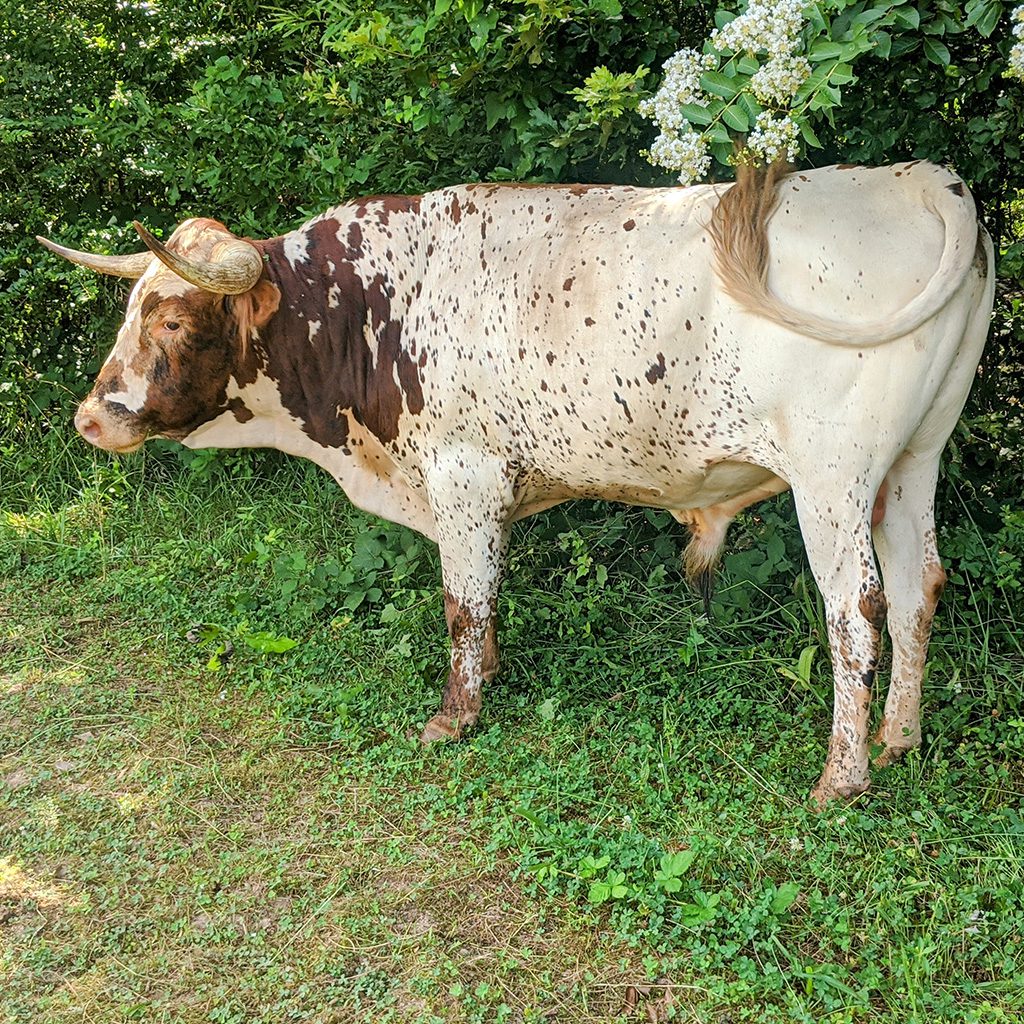
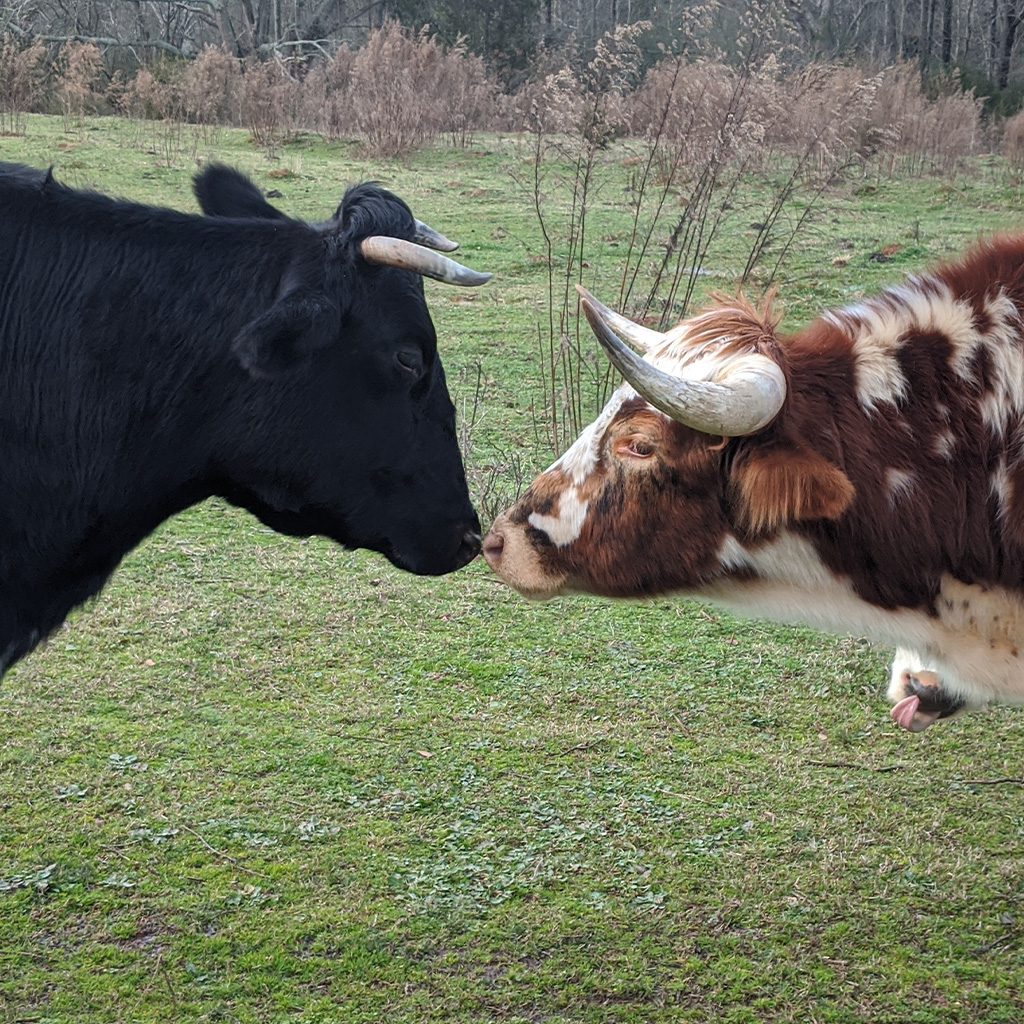

Beef cattle of the three categories is the easiest to raise. They require lower maintenance with a more hands off approach than dairy cattle. The only time you will have invested is when there is a health maintenance like worming that needs to be done or loading them up for processing. Now, that doesn’t mean you throw them in a pasture and forget about them. You still should do daily checks of your fencing and id you are rotating pasture, you may need to move them daily as well, depending on the size of the paddock and the herd.
The primary reason for raising beef cattle is to make great tasting beef. I know I said that all cattle make beef, but beef cattle are built specifically to convert their food into muscle. All of their energy goes into converting grass into beef. This means that their milk production is very low. In fact, they will barely make enough milk to feed a calf. Not to mention, there is almost no butterfat in their milk. A healthy beef cow will have a very muscular stature, which the average inexperienced person will recognize as “normal”.
But what about dairy cattle?
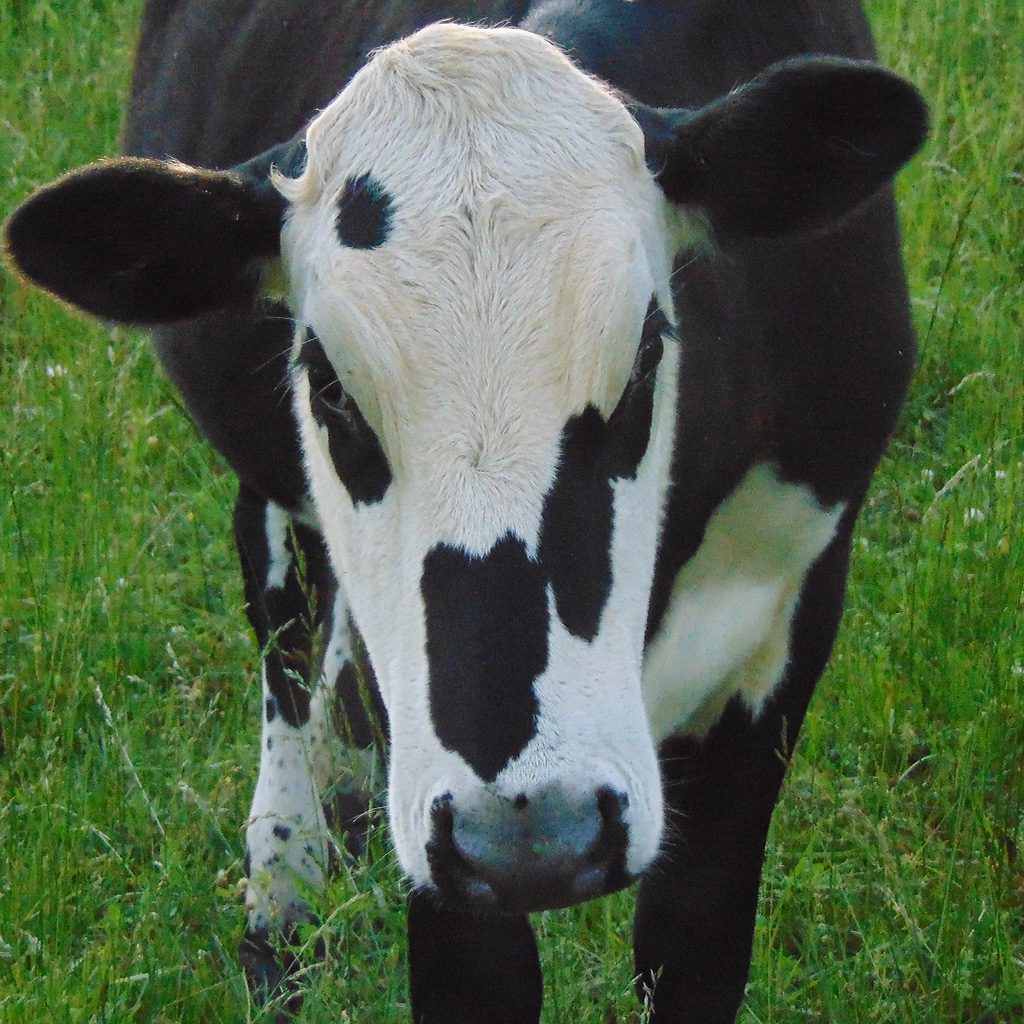
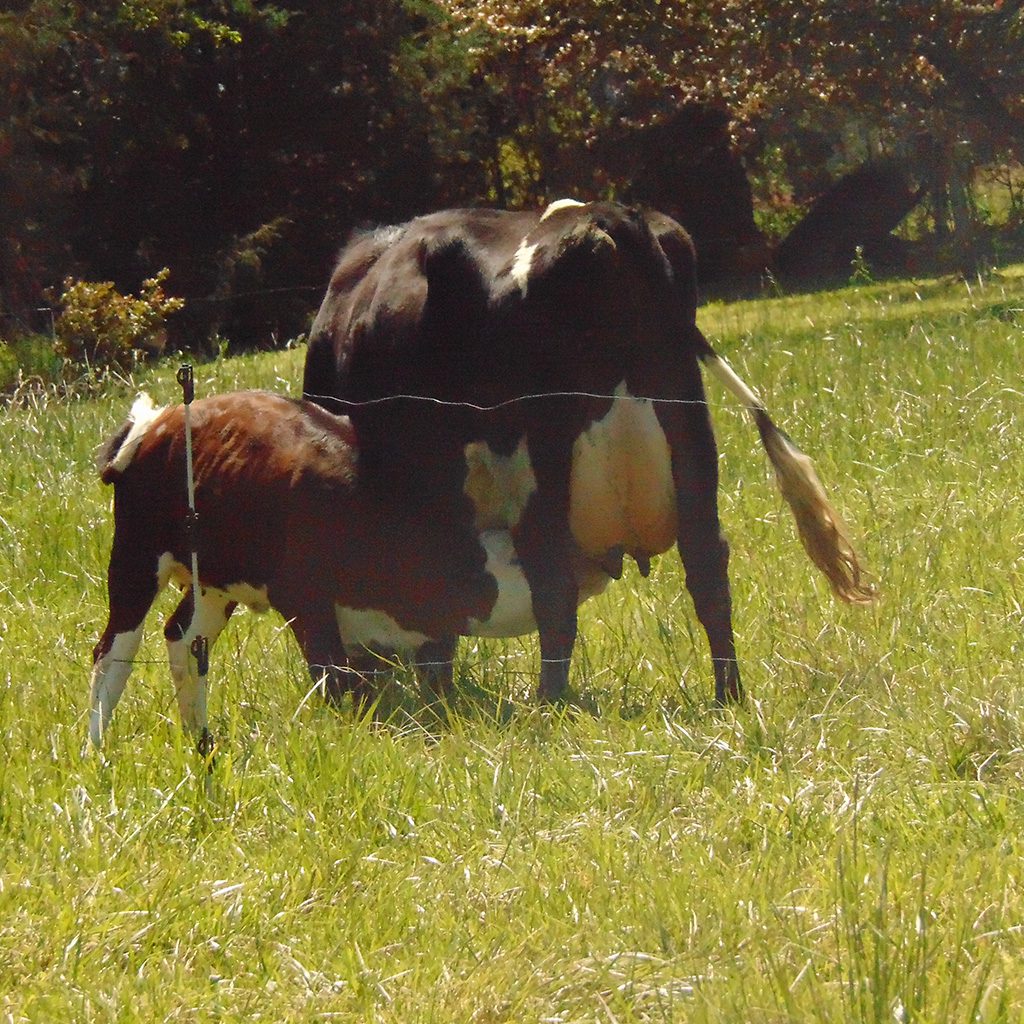

The very first thing you must know about dairy cattle is that they require a huge level of commitment. If your dairy cow is in milk, you will have to milk her twice a day, every 12 hours. I also recommend that you establish a routine with your cow and stick to it. If not, the cow will develop her own routine and I can promise you, you will not like it. Having a dairy cow also requires special equipment like a milking stanchion, milking supplies like a bucket or milker, udder butter and iodine for treating her udder and even cleaning supplies.
Besides the specialized equipment, there will be some other requirements for a dairy cow. Most importantly, a dairy cow needs a higher amount of water. Water and protein intake are the main things that will affect your milk production. She needs high levels water to make milk. She also needs a feed that is higher in protein than what you would give a beef cow. In addition, I would also add minerals and diatomaceous earth as a preventative health measure. Dairy cattle are susceptible to all the same illnesses as beef cattle. However, they can also have issues with bloat (excessive gas) and mastitis (inflammation of the teats usually due to a bacterial infection).
Mastitis is something a dairy cattle owner should be aware of and constantly doing things to prevent it. A milked teat should be treated like an open wound. We usually apply iodine after milking. Dairy cows typically have large udders (the bag) and large teats. When the cow is in milk, these can drag the ground, or when the cow is laying down, she doesn’t care if there is manure. The teats can easily be exposed to bacteria from poop or even from flies. That is why it is important to clean out stalls and milking stanchions. These preventative measures will save you in the long run. A cow with mastitis still needs to be milked, but the milk is not suitable for human consumption. The treatment for mastitis is not cheap either. And depending on how fast you catch it, the cow could get sick and even go down. So take the time to keep things clean and disinfect the teats after milking.
In my opinion, the most challenging part of owning a dairy cow is the perception of the average non cattle owner. A dairy cow is built different than a beef cow. They have large bony hips and most of the time, you will be able to see their ribs. They won’t be sunken in, but they will be visible. The average person who knows nothing about dairy cows will be concerned that the animal is being mistreated. The fact is that dairy cows have a higher metabolism, which does require more feed and water. But all of their energy is focused on the milk production in the udder not muscle development for beef. The bony and wider hip structure of dairy cattle is really a good sign of a breeder (cow that has calves). So while the average person might think this is the sign of a sick cow, this is in fact a great quality for a dairy cow. The best solution to this is to educate your neighbors and anyone that asks. Usually your animal control people will know the difference between a meat and milk cow. So, if you are taking care of your cow, there is nothing to worry about.
The final category of cattle is dual purpose. These cattle are capable of producing average amounts of meat and average amounts of milk. The only problem is that they are hard to find and can be very pricey. Their temperament tends to be better than the diva dairy breed. Beef breeds are not really bred for temperament since you are not putting hands on them every day like a dairy cow. So, a dual purpose cow tends to be easier to handle.
For more on the differences between beef and dairy cows, check out the video below.
